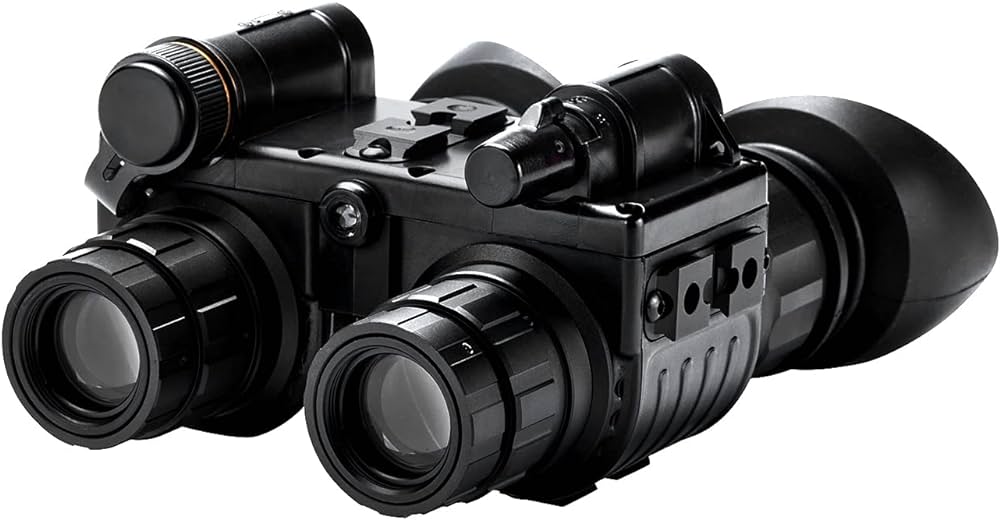Contents
In the realm of night vision technology, tactical night vision goggles (NVGs) stand as the epitome of innovation, providing users with the ability to navigate and observe in the darkest of environments. This user-friendly exploration delves into the fascinating technology that powers tactical night vision goggles, shedding light on the intricate mechanisms that turn the cover of darkness into a realm of visibility.
Find below some important aspects.
Image Intensification Technology
At the heart of tactical night vision goggles lies image intensification technology, a groundbreaking advancement that transforms faint light into a visible image. This process involves capturing ambient light, such as moonlight or starlight, and amplifying it to create a clearer picture. The intensification occurs through a series of components, including a photocathode, microchannel plate, and phosphor screen, which work in tandem to enhance the brightness of the incoming light.
Photocathode
The photocathode is a crucial component that initiates the night vision process. It absorbs photons of light and converts them into electrons through a photoelectric effect. This electron emission is the starting point for amplifying the available light, setting the stage for the subsequent stages of image intensification.
Microchannel Plate (MCP)
The electrons generated by the photocathode move to the microchannel plate, a key element in the image intensification chain. The MCP consists of millions of microscopic channels that serve as electron multipliers. As electrons pass through these channels, they undergo multiplication, creating a cascade effect that significantly increases their numbers. This multiplication process intensifies the original image, making it much brighter and more discernible.
Phosphor Screen
Following the amplification process, the electrons are directed towards the phosphor screen. The phosphor screen transforms the intensified electrons back into photons, creating a visible green-hued image. The choice of green is not arbitrary; the human eye is more sensitive to green light, allowing for better contrast and improved visibility. The final result is a night vision image that closely mirrors the natural night vision capabilities of the human eye.
Generation of Night Vision
The culmination of these processes leads to the generation of night vision, where even the faintest sources of light become a source of visibility. This technology allows users to see in conditions of minimal light, rendering the darkest environments navigable and providing a distinct advantage in tactical scenarios.
Infrared Illuminators
In addition to image intensification, many tactical night vision goggles come equipped with infrared (IR) illuminators. These illuminators emit infrared light, which is invisible to the naked eye but can be detected by the NVGs. This feature is particularly useful in scenarios where ambient light is insufficient. The IR illuminators act as a supplementary light source, enhancing visibility and expanding the operational range of the night vision goggles.
Thermal Imaging Technology
While traditional night vision relies on ambient light, some advanced tactical night vision goggles incorporate thermal imaging technology. Thermal imaging detects the heat emitted by objects, creating images based on temperature differences. This technology is especially beneficial when visibility is hindered by factors such as smoke, fog, or complete darkness.
Ergonomics and Durability
Beyond the intricate technologies involved in image intensification and thermal imaging, tactical night vision goggles prioritize user comfort and durability. These goggles are designed to be lightweight, providing users with enhanced mobility during operations. They are often equipped with adjustable straps and ergonomic features to ensure a snug and comfortable fit.
Additionally, tactical night vision goggles are built to withstand harsh conditions, featuring ruggedized exteriors that can endure the challenges of demanding operational environments.
To conclude
Tactical night vision goggles represent a fusion of cutting-edge technologies that have revolutionized the way we perceive and operate in low-light environments. Tactical night vision goggles are poised to remain at the forefront of innovation, offering enhanced capabilities for those who navigate the shadows in tactical scenarios.

